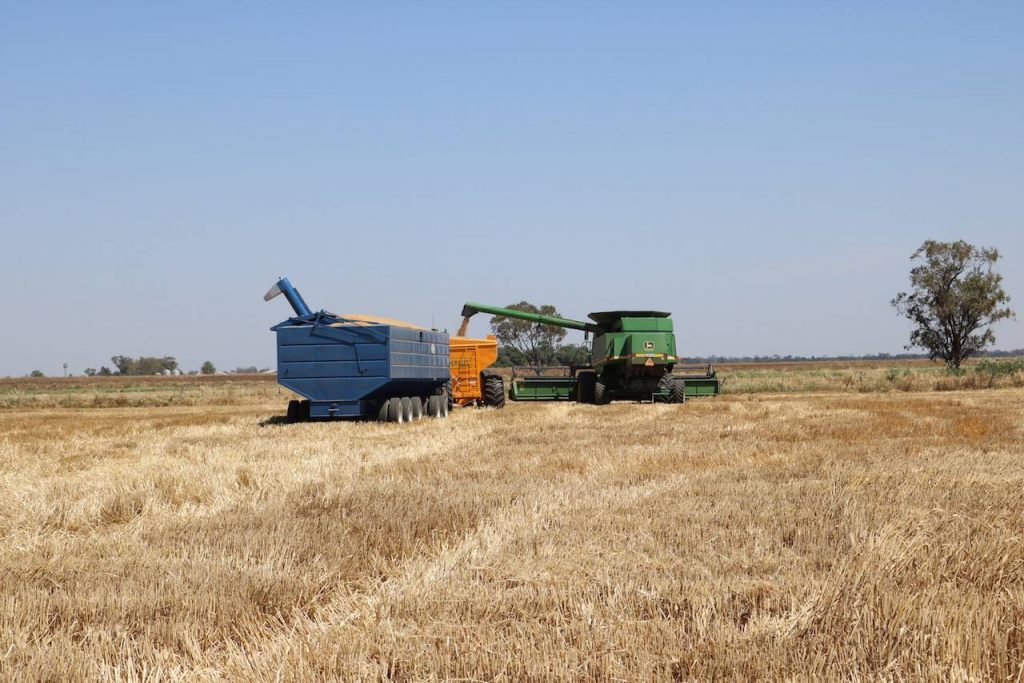Lower dollar silver lining for farmers
Matt Leeson from Independent Commodity Management describes the effect of international events on commodity prices and what this means for Australian farmers.

A lower Australian dollar could take the edge off wheat price disappointment and make Australian exporters more competitive in the international market.
The Australian dollar has fallen 4% against the US dollar since the unexpected victory of Donald Trump in the US election, while wheat prices this season have sunk into the bottom 20% of price averages for the last decade.
ICM market advisor, Matthew Leeson, says the lower Australian dollar could make up some of the losses experienced due to commodity price falls.
“A reduction in the value of the Australian dollar versus the US dollar will partially offsetting lower global grain prices,” he says.
“Everything else about Trump, protectionism and tariffs, everyone has an opinion on that, but what we can see for sure at the moment is that his influence on foreign exchange markets has been a positive for Australian exporters.
“The valuation of the Aussie dollar against the US dollar has made us more competitive in the international market, especially into Asia.”
Lower prices are predominantly being driven by a depressed international market due to an oversupply in major northern hemisphere exporting countries.
The global oversupply has been exacerbated by well above average yields domestically, specifically on the east coast.
With no global or domestic shortfalls in production expected any time soon, prices may not recover fully until a production shock is experienced in one of the larger Northern Hemisphere producing countries.
Despite the depressed prices, Mr Leeson points out some growers could benefit from localised variations in the price of wheat being offered.
“While wheat prices are towards the bottom end of where we would historically expect to see them, it does depend a little bit on what area and what quality,” he explains.
“For example, Prime Hard wheat delivered Manildra Shed at Moree is actually relatively attractive, whereas ASW at Grainflow Nyngan is not nearly as exciting. There are some brighter price spots where a premium is being paid for higher protein grain.”
The outlook for cotton growers is proving very positive, with the price lifting $30 per bale within the last two weeks.
This is being driven by a combination of higher cotton futures, caused buy positive technical influences, and the lower Australia dollar.
“Speculators like the look of the market,” Mr Leeson says.
“Going forward the global supply and demand sheet is reasonably well balanced and a lot will depend on the planting intentions of the northern hemisphere countries during the February, March and April period.
“We’ve had a few pretty tough seasons irrigation and water wise which has constrained the size of the crop but with the wet winter and the rivers flowing the irrigators are back in full swing. It’s not the biggest crop we’ve ever grown but it’s a dramatic improvement on the last couple of seasons.”
in Latest News
Share this post
Posts this year
Archived Posts
- Posts in 2024
- Posts in 2023
- Posts in 2022
- Posts in 2021
- Posts in 2020
- Posts in 2019
- Posts in 2018
- Posts in 2017
- Posts in 2016